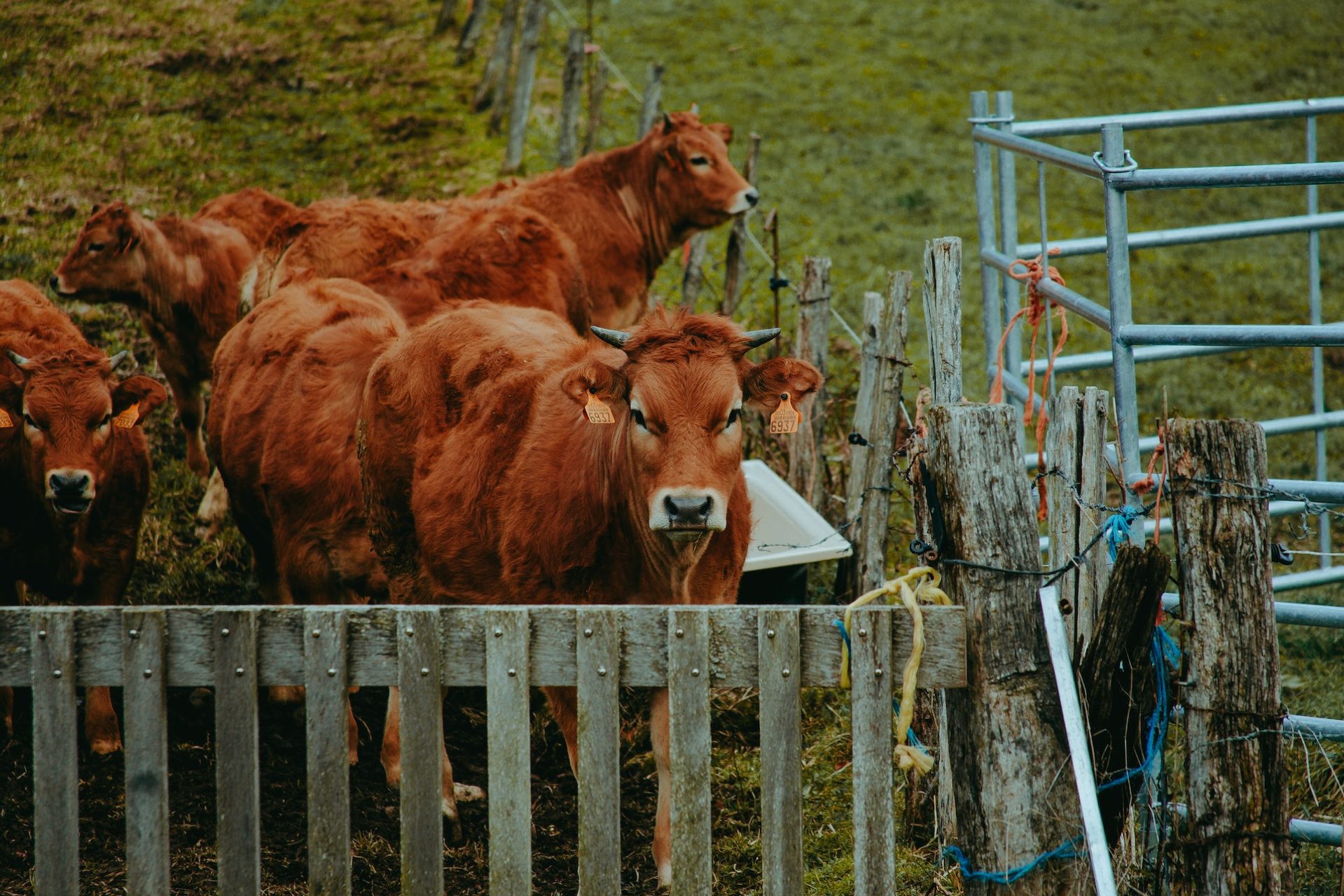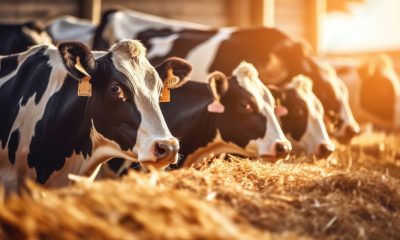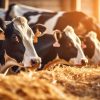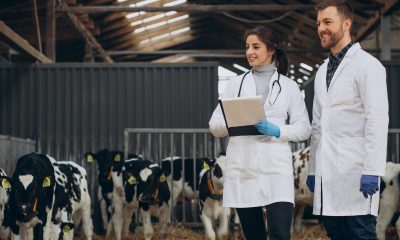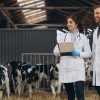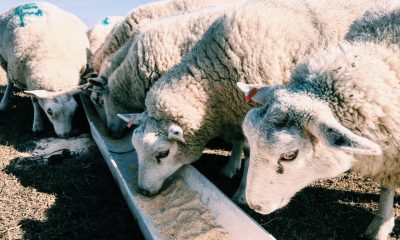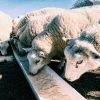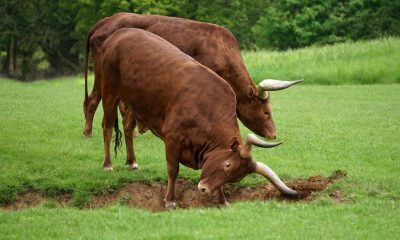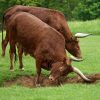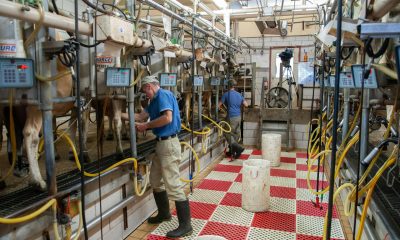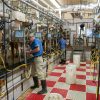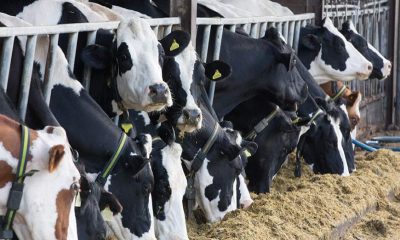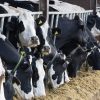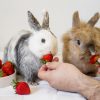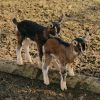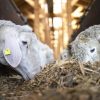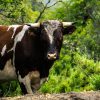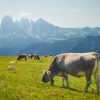Cattle Feeding is one of the utmost priorities we should focus on while feeding, and steps must implement certain factors. First, cattle should be provided with food grains such as wheat, rice, oats, and nutrients. Beef is one of the excellent sources of protein in human nutrition. Beef qualities represent how well a meat product is received concerning its colour, intramuscular fat Content, healthy fatty acid (FA) composition, tenderness, juiciness, and flavour. Market demands meat products with good nutrition, and overall sensory qualities increasingly influence consumers’ willingness to pay for beef. Cattle’s central intake is by grazing pastures. So there is an enormous influence of cattle feed on beef quality.
Feeding Pastures to cattle:- When the cattle are fed loads of grass, Their meat is much more species-specific, leaner, and darker in colour. In addition, fresh leaf tissue has significant carotene levels, which gives cows grazing on pastures their unfavourable yellow colour of fat. Natural grasses are the best for the cows, and the beef will be more promising. It is more affordable for Feeding and more beneficial in this method.
Fat Content in cattle:- Feeding large amounts of unsaturated fats has led to issues with softened carcass fat and oxidized meat. The proportions of n-3 fatty acids increased due to the fish oil addition, which may boost the quality of the beef. Between 4 and 15% of the fresh cattle weight of the meat is typically made up of the lipid fraction. Of these, palmitic, stearic, and oleic acids make up the majority of SFA, or four out of every five. A total of 30 different FA make up the last fifth.
Feed Restriction on cattle consequences:- If the Cattle feed intake is restricted, the muscle fat percentage is. Feed limitation might be bad for the meat’s juiciness and flavour but not for other sensory qualities. The weight gain in the grain-fed group was much slower, the carcass weight was lower, and the amount of subcutaneous and intramuscular fat was also lower. So the cattle should be well-fed, and proper Feeding should be done correctly, taking all the factors of diet into the measure.
The beef’s flavour:- The cattle diet dramatically affects the meat’s taste and stability. The FA composition of the fat also significantly impacts how flavorful the meat is. Oleic acid was found to be adversely connected with beef’s milky-oily and sour flavour, while linolenic acid was positively correlated. Oleic acid is believed to impact the taste of cooked meat significantly. The flavour of the beef is better than automatically. The quality of the beef is what is to be believed.
Tenderness of beef:- Animal age, carcass care before and after slaughter, genetic make-up, and carcass composition, particularly marbling, are all thought to contribute to variations in softness. The meat from the animals had less softness or required more shear power since there was less heat-soluble meat. Suppose the Feeding is done correctly with all the necessary steps and ingredients while consuming meat. In that case, there will be tenderness in the flesh instead of rigidness, making it much more complicated.
Conclusion
As a nutrient-dense food, beef plays a significant role in the global human diet. Nutritional technology is used to enhance the quality of meat. Fast weight gain and robust muscle development are made possible by proper nutrition, and the appearance, flavour, and acceptability of meat by consumers all depend on it. It targets products for a specific group of consumers and positively affects product fat content, fatty acid composition, cholesterol levels, vitamins, and trace minerals. Therefore, proper supervision should be there while cattle feeding since it dramatically influences beef quality.
